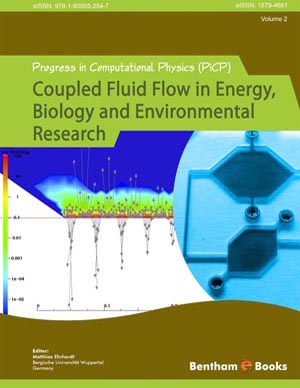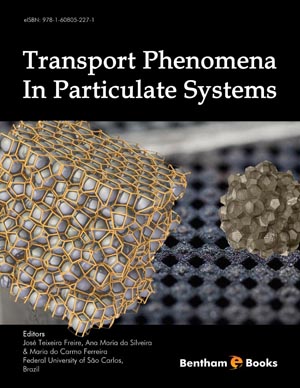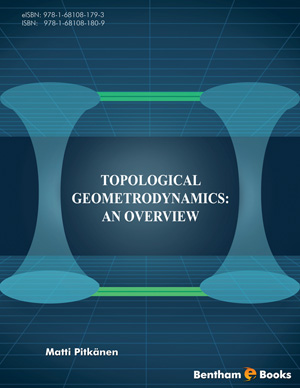Abstract
Two-dimensional (2D) materials such as graphene, chalcogenides,
topological insulators, black phosphorus, and MXenes have of late become the focus of
intense research efforts due to the excellent and unique optoelectrical properties these
materials possess. This is due to the unique properties these materials possess, such as
tunable bandgaps, high mobility in the energy bandgap, third-order nonlinearity, and
nonlinear absorption that can be tailored to suit the specific needs of different optical
applications. These properties have allowed for the development of fiber optic-based
pulsed laser systems with better integration and flexibility capabilities as well as
improved performance as compared to their bulk counterparts. In this chapter, the
development of optical fiber pulsed lasers that incorporate selected 2D materials,
particularly 2D chalcogenides that encompass metal monochalcogenides (MMs), and
traditional metal dichalcogenides (TMDs) and MXenes is reviewed. This chapter will
cover the fundamental aspects of the aforementioned materials, the operating principles
of Q-switching and mode-locking, and the configuration of these 2D materials as
saturable absorbers (SAs). The main section of this chapter will focus on the current
status of the development of Q-switched and mode-locked optical fiber laser systems
using 2D material-based SAs. Finally, the chapter will explore the perspectives and
challenges on the future of the potential applications of these 2D materials in pulsed
optical systems.













